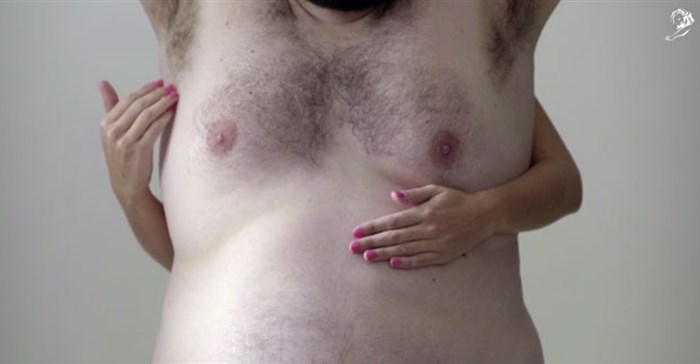(If you’ve not yet visited www.canneslionsarchive.com, grab some popcorn and start bingeing; there’s some truly incredible work to watch).
Introduced in 2008, the PR category is controversially dominated by advertising agencies – 2016 was no different – which lead me to ask the question, “What makes a good PR campaign a Cannes winner?” If it doesn’t necessarily take a PR agency to create, then what does it take? On reviewing the Gold PR Winners, here are some of the top traits that make them the global industry’s gold standard:
Promoting a worthy cause can give a client a giant leg-up by positioning it not only as a good corporate citizen but by also being able to make a meaningful impact to its sector. “Issues” dominated the Gold winners with the Grand Prix being awarded to Forsman and Bodenfors’ “The Organic Effect” for retailer COOP. By demonstrating the impact pesticides have on the body, it positively promoted healthy eating and associated COOP with the cause. (Although there is a raging debate about the authenticity of the agency’s research, which ironically doesn’t do COOP’s reputation, or the agency’s any favours). Or there’s the Bullet Pen from McCann Colombia. A powerful idea that gave writers, journalists and influencers real-bullets-turned-into-pens to use to show their support towards peace and education by using a powerful symbol of war.
While in some cases an “Issue” may have been “The Big Idea”, others were simply creative brilliance. O Escritorio’s Sl Benfica Safety Demonstration for Emirates was a pleasure to watch and – despite considering the huge cost it must have incurred to activate – it cleverly married Emirates’ safety demonstration with supporting your football team. The concept received a deafening cheer from the crowd who realised they were in on the joke. And, while the campaign strangely didn’t share how much earned media it generated, judging by the amount of fans who shot their own videos, it must have created quite the national stir! So simple yet simultaneously so smart.

Another memorably funny piece is Manboobs by David, Buenos Aires. While it had a serious message – how to check your boobs for lumps - the execution was hilarious: get around the challenge of not being able to show a woman’s breasts on social media by using a man’s – without detracting from the call-to-action. If you’ve not seen it yet, do take a peek.
Unsurprisingly, every entry was seamless across channel. So whether the campaign was driven largely socially (Van Gogh BnB, Leo Burnett Chicago), or combined with traditional (Bullet Pen), the outcomes were the same: engagement, sharability and influence of behaviour. What this says is that the lines between social, traditional and online media channels have completely blurred and one platform effortlessly leads one into another.
A PR campaign wouldn’t be one without some form of piggybacking. And the Gold winners brought it in bucket loads: From the more immediate David Bowie’s death in Stardust for Bowie (although you have to ask how DDB Brussels got the campaign up within a day of his passing?) to the more culturally insightful Marriage Market Takeover, none of the campaigns talked about the client as the central plot; instead they were masterfully woven around a topic of interest that people would actually be interested in – and share.
There’s little question that to make a campaign “PR” it needs lots of buzz – on social networks, in traditional media or among everyday people. Most campaigns showed their brag points at the end, citing media impressions, shares and comments, website traffic, etc., yet a few brought it in upfront when the channel was as much a part of the campaign’s roll-out as the creative (Van Gogh BnB), proving how pivotal PR can be in influencing call to action.
Without exception, what every campaign did successfully was package itself properly. Videos were slick and short (average two minutes) and got to the point, quickly. An award is as much about the presentation as it is the work; if the juror doesn’t “get it” immediately and understand its value then its chances may be lost. Production was also of an extremely high standard – as you’d expect – which goes to show the necessity of having budget available to pull-off great PR work. An activation isn’t cheap, nor is producing quality creative – both of which PR uses in ample supply to get its message across.
All Gold winners clearly made their point, whether it was to show how an emotive campaign can drive organ donor sign-ups (Waiting Lines from Duval Guillaume) or mobilise a global target audience to make a call to another country (The Swedish Number by Ingo). So while the traffic and exposure it generated was cited, the real winner was always the influence of a change in behaviour or policy, sign-ups, sales or visits.
What these common traits from Cannes PR winners teach is that for PR to be truly effective – and catch the juror’s attention – it needs to be topical, emotive, of a high quality, shareable, integrated and impactful. Regardless of who produces it.